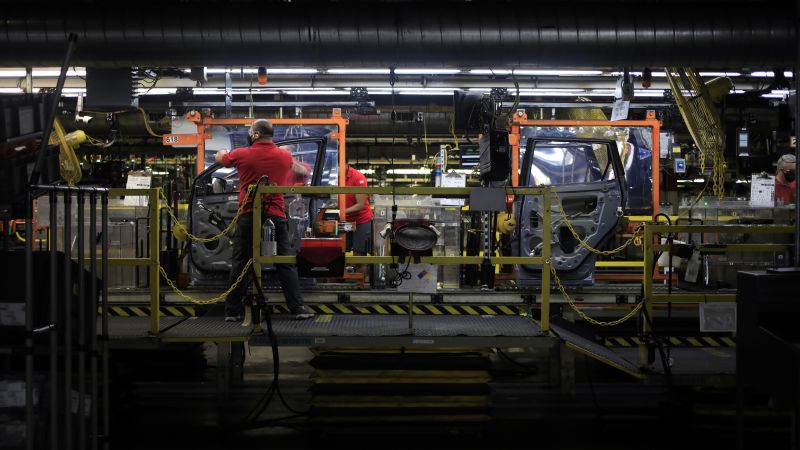Looming over the United Auto Workers strike: Automakers’ continued migration to the anti-union South.
Beginning in the 1970s and 1980s, the auto industry began shifting South, a region long characterized by hostility to labor unions and by low wages.
Since then, assembly lines of higher-paid UAW workers at Detroit’s Big Three – Ford, General Motors and Stellantis – have shrunk. And automakers such as Volvo, Mercedes-Benz, BMW, Toyota and Hyundai have steadily hired nonunion autoworkers, who make less money for substantially the same work, in the South.



@norbert
Just because the unions do it does not mean it is for the mutual benefit of union members. They often have policies that are for the benefit of the worker who has been there for a long time against the younger workers. They often have policies that are against someone who wants to leave the union for a management role at some time.